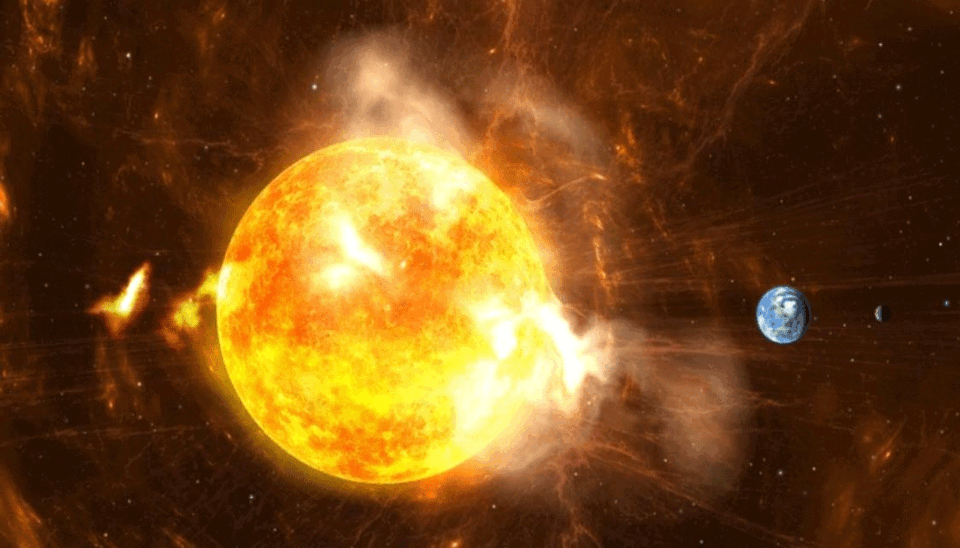NASA and IBM Develop AI System to Predict Solar Storms Hours in Advance
NASA, in collaboration with IBM, has developed a groundbreaking artificial intelligence system capable of predicting dangerous solar storms two hours before they erupt from the Sun. The innovation, called the Surya Heliophysics Foundational Model, is trained on nearly a decade of solar data collected by NASA’s Solar Dynamics Observatory.
Why It Matters
Solar storms can severely impact life on Earth by disrupting satellites, GPS navigation, power grids, and even global communications. These storms, fueled by the Sun’s powerful flares, travel millions of miles in a matter of minutes to hours, making early detection essential for preventing large-scale technological disruptions.
How Surya Works
The AI system studies active regions on the Sun, also known as sunspots, which often give rise to solar flares and storms. By learning from long-term solar observations, Surya can recognize patterns in solar activity and issue predictive alerts up to two hours before an event occurs.
“This new approach is like space weather forecasting,” explained Dr. Joseph Westlake, NASA’s heliophysics division director. “Just as meteorologists predict rain or storms on Earth, this AI helps us forecast solar activity that could threaten our modern technologies.”
Key Advantages of the AI System
-
Early Warnings: Provides satellite operators and power companies with more preparation time.
-
Advanced Training Data: Built on 15 years of high-resolution images and magnetic field data of the Sun.
-
Global Access: Available for researchers worldwide on Hugging Face, GitHub, and IBM’s TerraTorch library.
-
Enhanced Accuracy: Learns subtle solar behavior patterns that traditional systems often miss.
Expert Insights
Project lead scientist Andrés Muñoz-Jaramillo from the Southwest Research Institute said the goal is to give Earth “the longest lead time possible” to protect satellites, astronauts, and power grids.
NASA emphasized that this AI-driven approach marks a new benchmark in space weather prediction, combining cutting-edge machine learning with decades of solar research.
Bottom Line
With Surya, NASA and IBM are bringing the world closer to reliable space weather forecasts, helping safeguard critical infrastructure and modern technologies that depend on stable communication and power systems.

